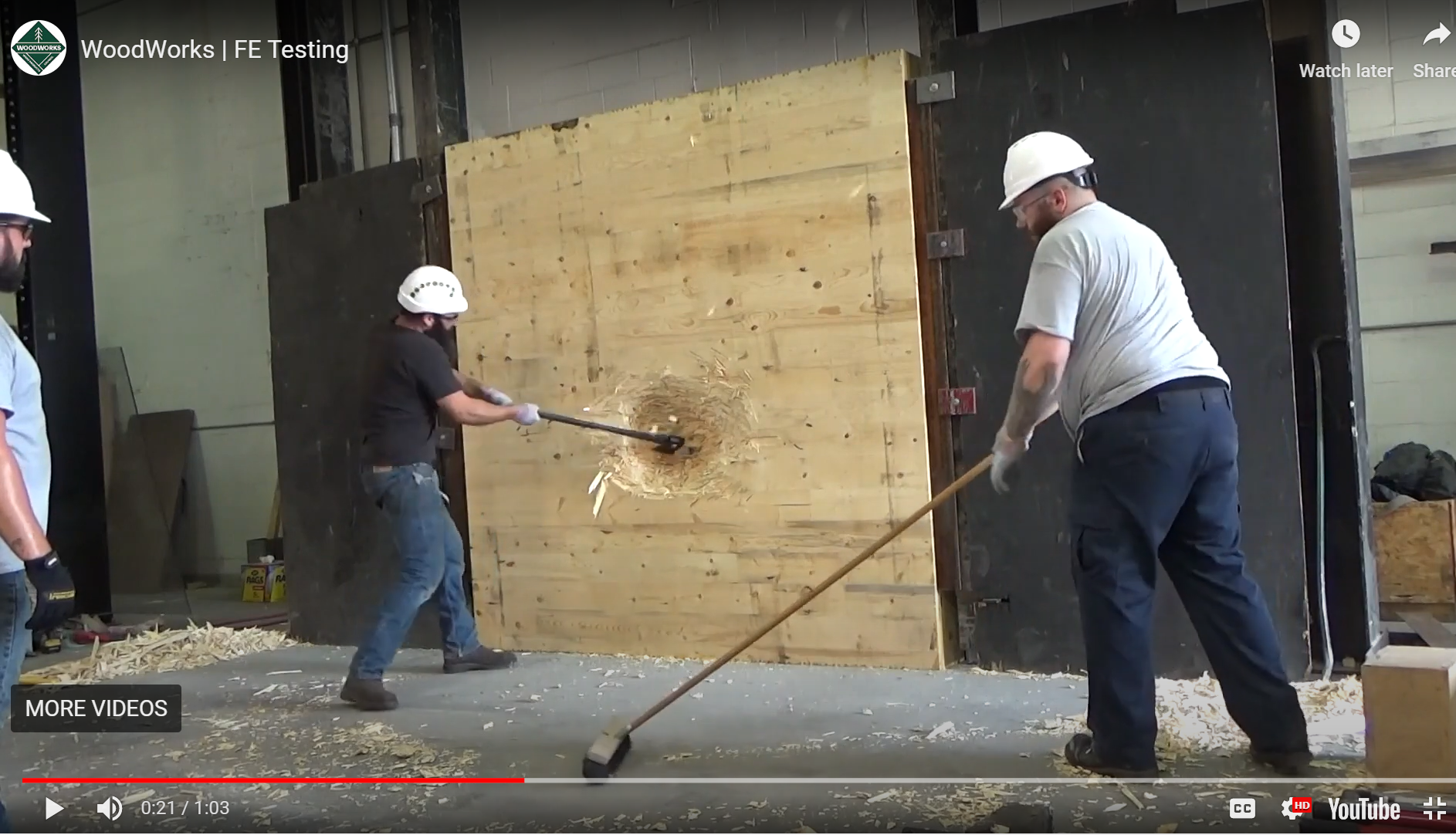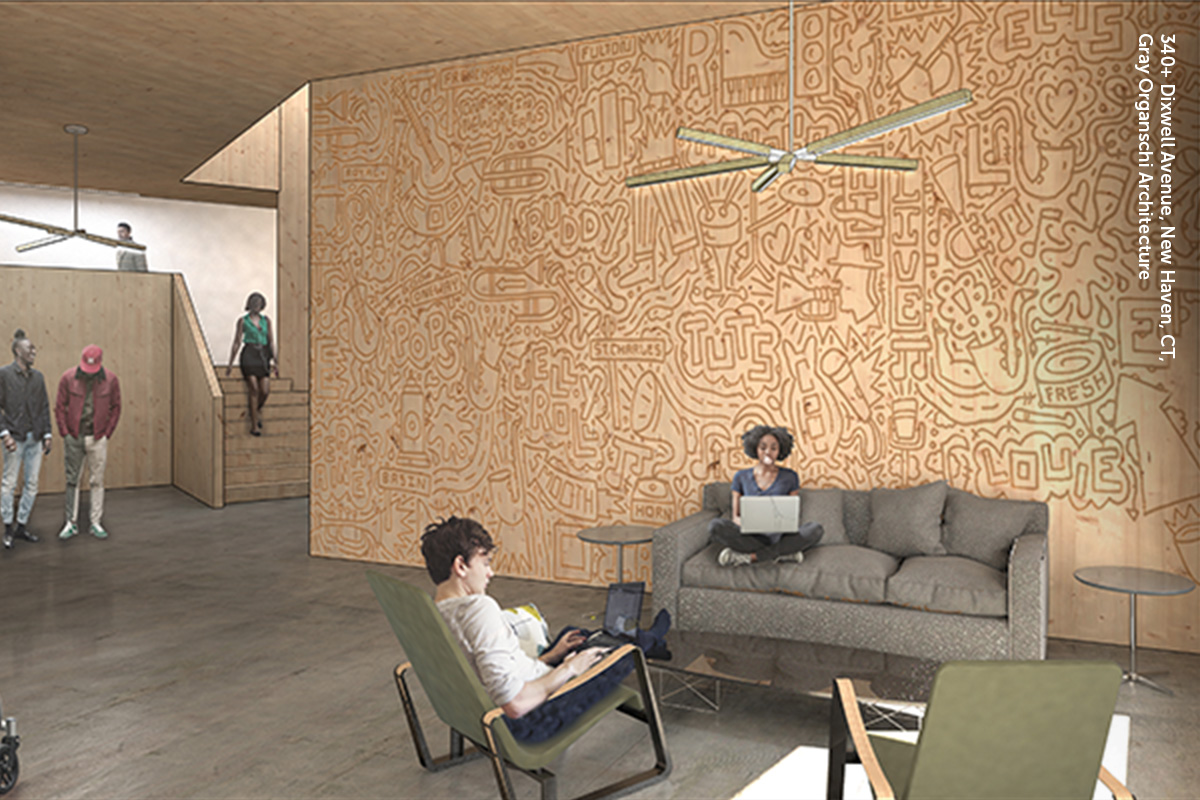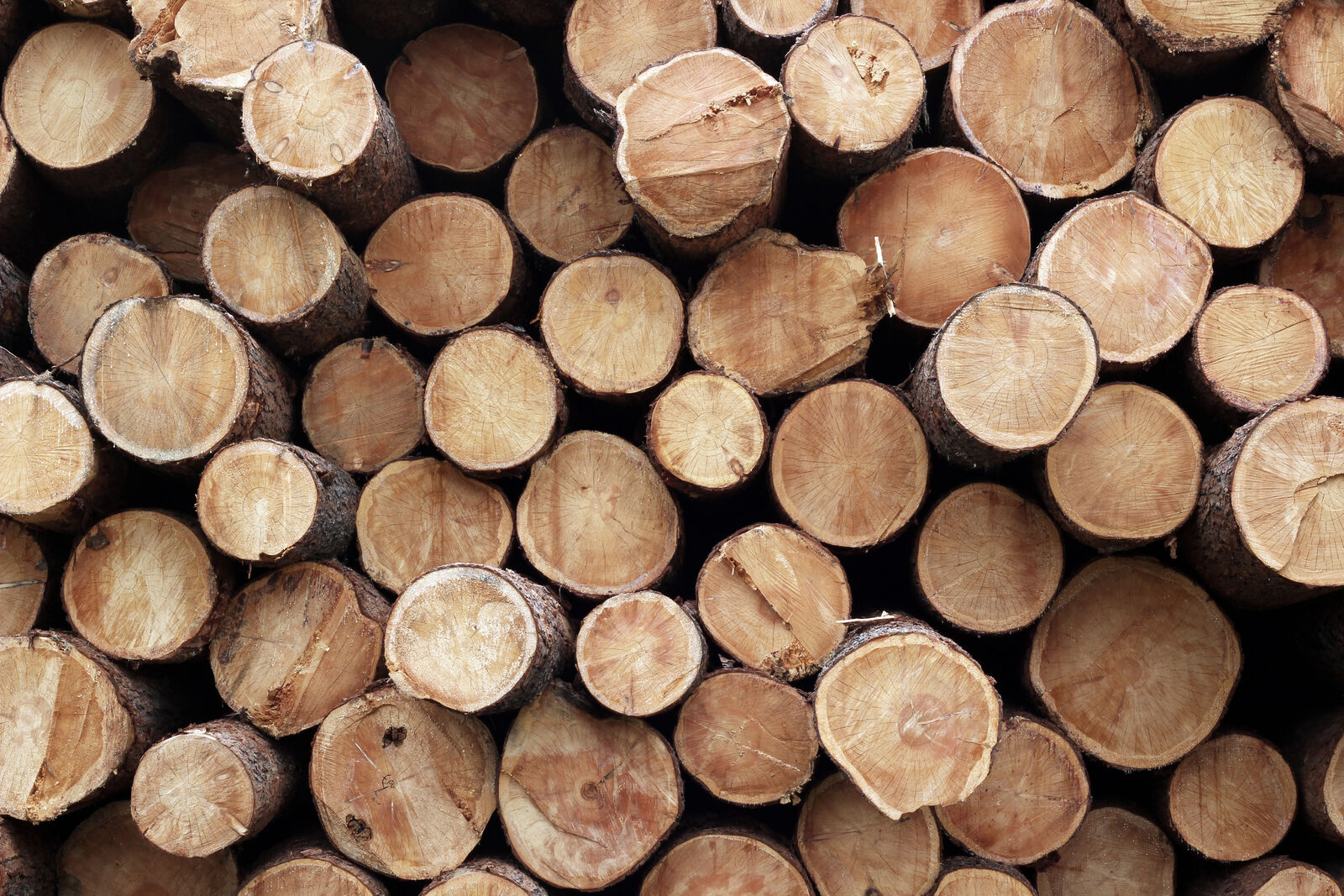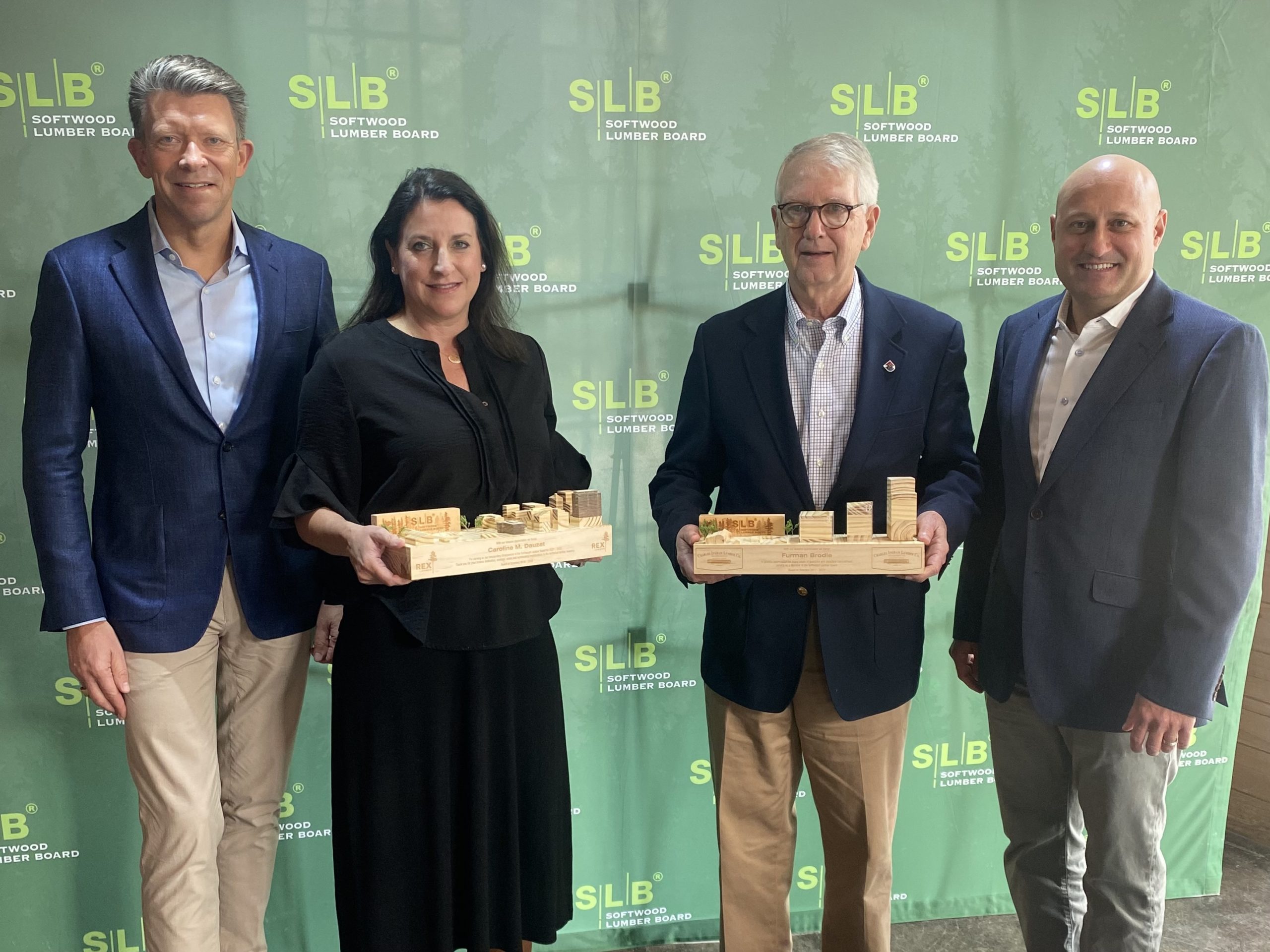HIGHLIGHTS
PROGRAM UPDATES
WoodWorks Helps GSA Explore Wood Solutions How Mass Timber Can Help Address Affordability AWC Staff See Forest-to-Mill Journey Firsthand at RetreatSPOTLIGHT
Analysts See Mass Timber MomentumProgram Updates
WoodWorks Helps GSA Explore Wood Solutions

In this test, a 7-ply CLT panel resisted a forced-entry attack performed for 44 minutes, which is more than adequate for most hardened-envelope situations in Department of State facilities.
The U.S. General Services Administration (GSA) continues to engage WoodWorks as an expert on wood-related topics as part of its efforts to build federal buildings more sustainably. In July, WoodWorks was invited to provide mass timber education at a workshop attended by 190 GSA staff; it also joined the steel and concrete industries for a panel discussion moderated by GSA staff at the Design-Build Institute of America’s Federal Symposium, where information on sustainable forestry was particularly well received.
To support the design teams that work on government projects, WoodWorks also recently hosted an online seminar on protective design. The seminar provided a detailed look at the variety of mass timber products available and their structural performance, fire resistance, acoustics, and energy efficiency. It included an overview of the current protective-design landscape as it applies to some of the larger federal agencies, as well as information on research that is pertinent to the protective design of mass timber construction.
How Mass Timber Can Help Address Affordability

Think Wood recently dove into a new report on the use of prefabricated wood products in affordable housing from Minneapolis-based environmental nonprofit Dovetail Partners and New York City-based development firm Spiritos Properties. A collaborative effort of authors Kathryn Fernholz and Jeff Spiritos, the report examines the origins of the nation’s housing shortages, historical efforts to deliver more affordable housing over the past 100 years, and the new opportunities on the horizon to construct more affordable housing using efficient mass timber. As the report states, “the time is ripe to focus on the next best way to build affordable housing in the quantities demanded to provide decent housing and as a foundation for all other opportunities to spring from.”
Shying away from generalities, the report looks in depth at a case study for an affordable housing project in New Haven, Connecticut, showing that even though the materials cost of mass timber proved higher than competing materials, the speed and efficiency of construction, as well as savings realized by leaving timber walls and ceilings exposed, helped save money at other points in the construction cycle, reducing the premium and making it a viable option for building more affordable housing faster.
AWC Staff See Forest-to-Mill Journey Firsthand at Retreat
Jordan Lumber generously hosted AWC staff members in Mt. Gilead, North Carolina, where they toured the Jordan Lumber sawmill, viewed the replanting operation at every stage of tree growth, and observed a logging operation. Despite their deep understanding of the industry, some AWC staff had not seen any aspect of the forest-to-mill process in person, while others had not witnessed the many recent improvements and innovations in mill automation and optimization that help to ensure that every piece of a log is used. Staff came away with a much better understanding of modern, sustainable forestry management and the latest technological advances in production of wood products and will use this knowledge in their work for the industry.
Spotlight
Analysts See Mass Timber Momentum

A new report from RBC Capital Markets hails mass timber as transformative for the North American lumber industry. Called “Mass Timber Opportunities: When Innovation and Nature Merge,” the report notes that mass timber’s sustainable attributes are helping it to gain traction as an alternative to steel and concrete.
RBC recognizes that, while it is still emerging, the North American market provides real commercial opportunity. The report points out that mass timber’s enhanced capabilities help the category resist the volatile commodity price swings of traditional lumber. “Pursuing a value-added economic model integrating mass timber facilities with sawmills on the supply side and with developers on the demand side is an opportunity to drive more stable returns and improve valuation for lumber producers.”
In and of itself, this analysis may not seem new to the wood industry—it has been part of the reason for a focus on mass timber even though the industry remains nascent in the United States. But when financial analysts start recognizing the potential of mass timber and the potential for it to have positive impacts on the lumber business, it is validation that the industry might be onto something.



